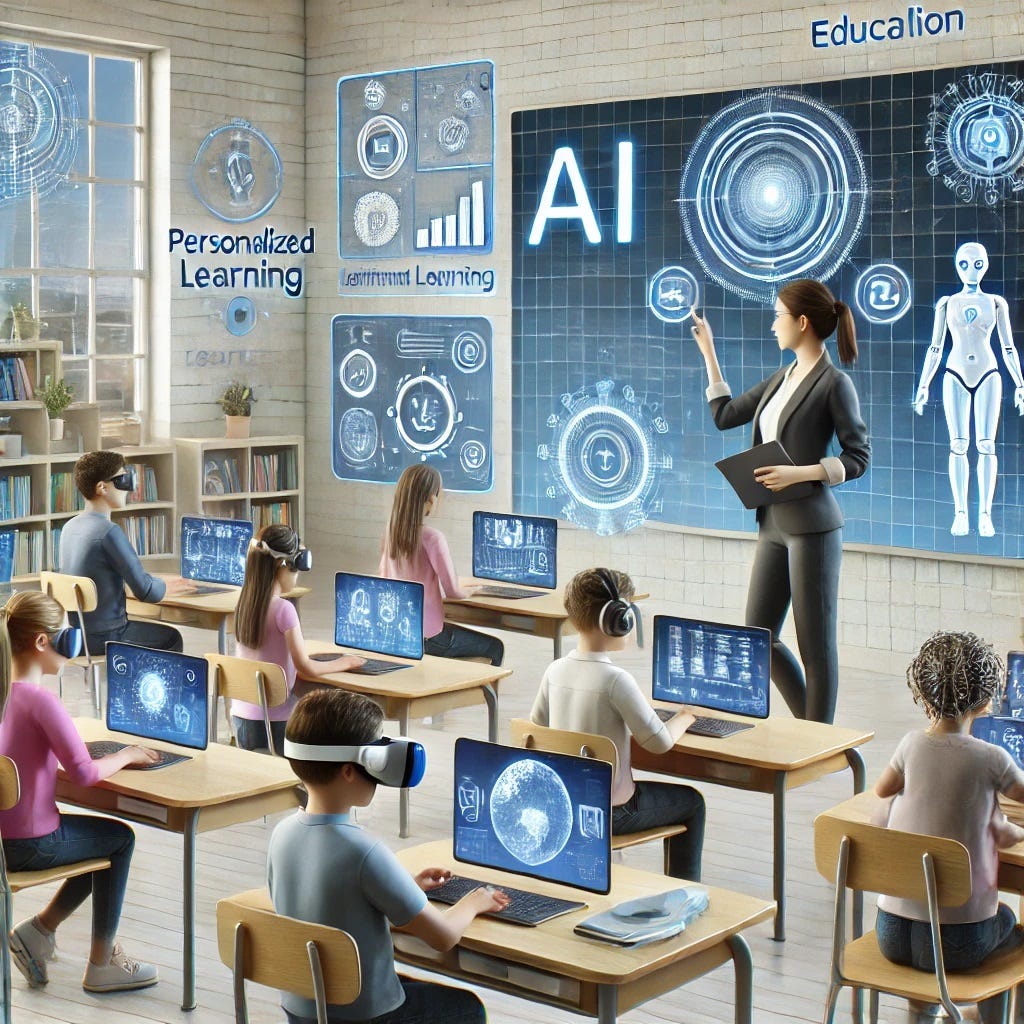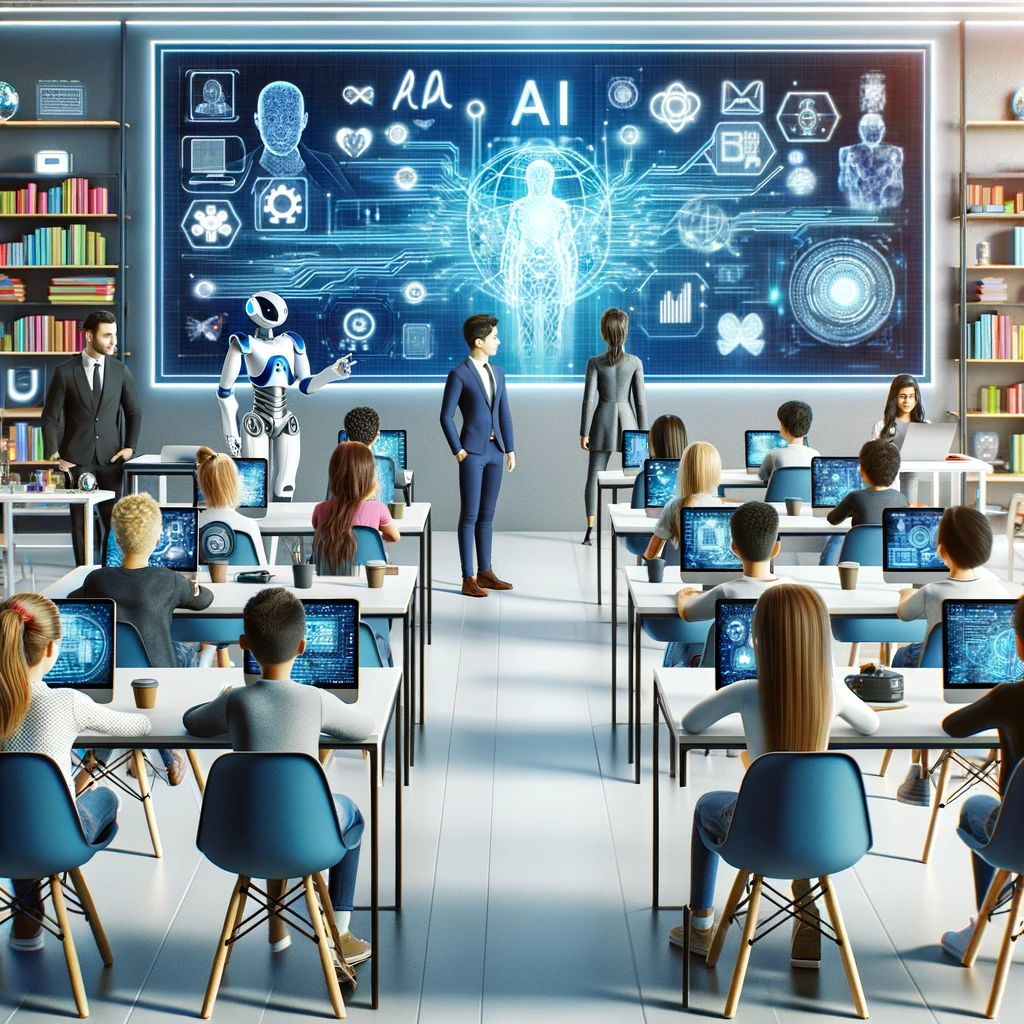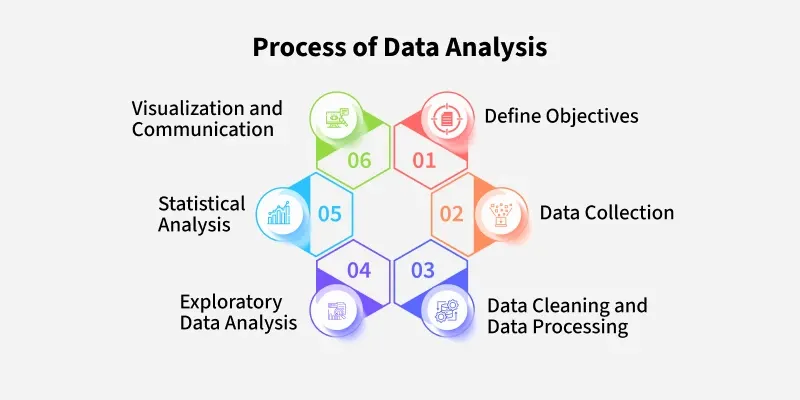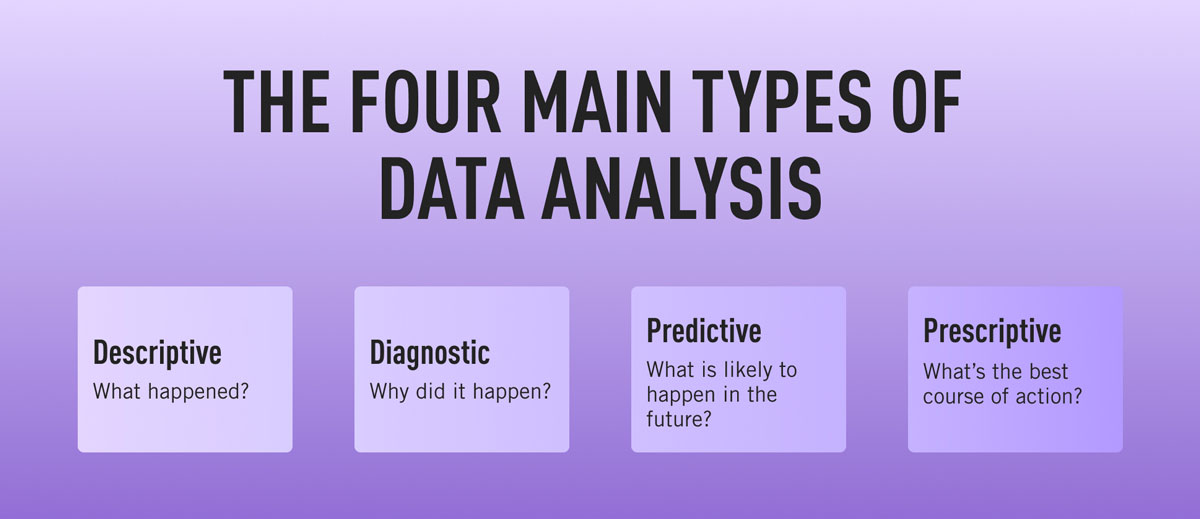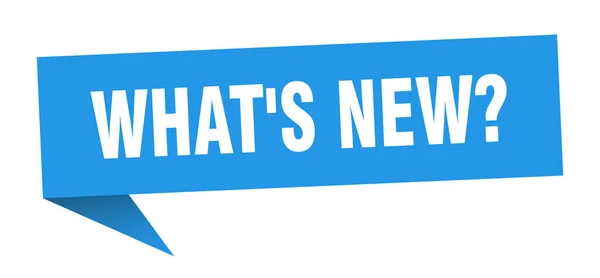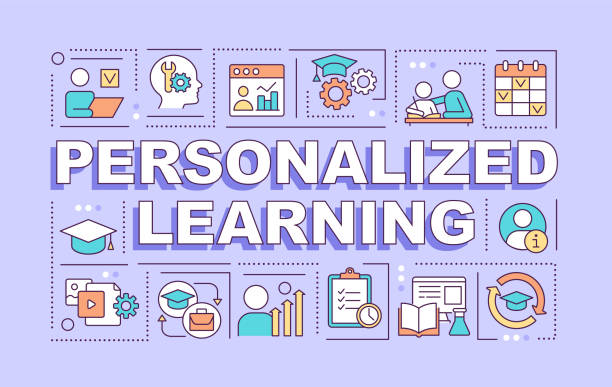
Hello my readers,
I am : Mr . : Girgis, your blogger.
I am Mr. / Girgis
I am a college lecturer in Linguistics College-UK.
I provide teaching or training in a classroom setting
or via a remote platform in Linguistics
college, UK for 5 stages: AO, A1, B1, B2, B3.
I create and follow lesson plans, choose any necessary
curriculum or
resource materials, explain concepts and
theories, and review assignments and examinations for
linguistics college, UK.
I teach and
supervise Linguistics college students, UK,
using lectures, demonstrations, discussion groups,
laboratory workshop sessions, seminars, case studies,
field assignments
and independent or group projects.
I develop curriculum and prepare
teaching materials
and course outlines for the learners of linguistics
college, UK..
Besides, I am an online and in person Private Tutor
of English for all stages: Primary, prep. and general
secondary schools, (First, Second and Third years) .
Besides, I teach the courses of the English departments
of the University anywhere.
I use creative and critical thinking skills in teaching
English as a foreign language. My learners think, pair
and share. My learners use practice, analysis, synthesis,
evaluation, creation and innovation in learning and
researching. I believe in active learning which is a
learner-centered learning method where the learner
becomes engaged.
Learners must be real participants. They ask, answer, act
the scene, give their opinions, agree, disagree, dialogue
with others and with themselves to explore and create.
The teacher is a monitor, guide, observer and supporter.
Today's topic : Persnalized learning.
Main ideas:
Meaning, Aspects, Means of implementing, 

Meaning:
Personalized learning is an educational approach that
tailors the learning experience to the individual needs,
interests, and strengths of each student. It moves away
from a one-size-fits-all model and focuses on creating a
more flexible and responsive learning environment.

Key aspects of the meaning:
Student-Centered:
The focus is on the student as the primary driver
of their learning journey.
Tailored Content and Pace:
Students learn at their own speed and with materials
that are relevant to their learning style and prior knowledge.
Student Voice and Choice:
Students often have some agency in what and
how they learn.
Flexible Pathways:
There isn't a single, rigid path for all students to follow.
Emphasis on Mastery:
Learning is often focused on demonstrating
understanding rather than just completing tasks.
Means (How it is implemented):
Personalized learning can be implemented through
various means:
Differentiated Instruction:
Teachers adjust their
teaching methods, content,
and assessment to meet the diverse needs of
learners within a single classroom.
Flexible Grouping:
Students are grouped and regrouped based on
their learning needs, skills, or interests for specific
activities.
Individualized Learning Plans (ILPs):
Formal or informal plans that outline a student's
learning goals, strategies, and progress.
Technology Integration:
Educational software,
online platforms, adaptive
learning tools, and digital resources play a
significant role in delivering personalized content
and tracking
progress.
Project-Based Learning (PBL):
Students engage in in-depth projects that allow for
exploration of interests and application of skills in
a meaningful context.
Competency-Based Learning:
Students progress based on demonstrating mastery
of specific skills and knowledge, rather than on
seat time or age.
Mentoring and Coaching:
Providing individual support and guidance to students.
Blended Learning:
Combining face-to-face instruction with online l
earning experiences.
Resources:
A wide range of resources are used in personalized
learning environments:
Digital Learning Platforms:
Khan Academy, IXL, DreamBox Learning,
Summit Learning, etc.
Online Educational Content:
Videos, interactive simulations, digital textbooks,
online articles.
Adaptive Learning Software:
Programs that adjust the difficulty and content
based on student performance.
Open Educational Resources (OER):
Freely available educational materials that can be
adapted and shared.
Physical Resources:
Textbooks, manipulatives, lab equipment, art supplies, etc.
Community Resources:
Local experts, museums, libraries, businesses
that can provide real-world learning experiences.
Teacher-Created Materials:
Customized worksheets, assignments, and assessments.
Student-Created Content:
Projects, presentations, videos, and other materials
created by students to demonstrate their learning.
Methods:
Specific methods used in personalized learning include:
Diagnostic Assessment:
Identifying students' prior knowledge and learning gaps
before starting a new topic.
Formative Assessment:
Ongoing assessment throughout the learning process
to monitor progress and provide feedback.
Summative Assessment:
Evaluating overall learning at the end of a unit or course.
Student Goal Setting:
Students actively participate in setting their own learning goals.
Self-Paced Learning:
Students work through material at their own speed.
Choice Boards and Learning Menus:
Offering students options for how they demonstrate their
understanding.
Inquiry-Based Learning:
Students explore questions and problems through
investigation and research.
Collaborative Learning:
Students work together in groups to learn from each other.
Feedback Loops:
Providing timely and specific feedback to students
to help them improve.
Benefits:
Personalized learning offers numerous benefits for
students, teachers, and the educational system:
Increased Student Engagement and Motivation:
When learning is relevant and tailored to their interests,
students are more likely to be engaged and motivated.
Improved Academic Outcomes:
Students can focus on
areas where they need the most
support and accelerate in areas where
they excel,
leading to better understanding and mastery.
Development of 21st-Century Skills:
Personalized
learning often fosters skills like critical
thinking, problem-solving,
collaboration, communication,
and self-direction.
Greater Equity:
It can help address learning disparities by providing
individualized support and resources.
Increased Student Ownership of Learning:
Students become more active participants in their education.
More Efficient Use of Teacher Time:
While initial
setup can be time-consuming,
personalized learning can free up teachers
to
provide more targeted support and guidance.
Improved Teacher-Student Relationships:
Teachers gain a deeper understanding of each
student's needs and strengths.
Preparation for Lifelong Learning:
Students develop the skills and mindset necessary
to be continuous learners.
Assessment and Evaluation:
Assessment and evaluation in personalized learning are
often more varied and ongoing than in traditional models:
Authentic Assessment:
Using real-world tasks and projects to evaluate
understanding and skills.
Performance-Based Assessment:
Assessing what students can do with their
knowledge, not just what they know.
Portfolios:
Collections of student work that demonstrate
growth and mastery over time.
Rubrics:
Clear criteria for evaluating student work.
Self-Assessment and Peer Assessment:
Students evaluate their own work and the work
of their peers.
Adaptive Assessments:
Assessments that adjust the difficulty of questions
based on student responses.
Learning Analytics:
Using data from digital platforms to track student
progress and identify areas for support.
Observation:
Teachers observe students'
engagement, participation, and understanding
during activities.
Conferences:
Individual meetings with students to discuss their
progress and goals.
Challenges of Personalized Learning:
It's important to acknowledge that implementing
personalized learning also comes with challenges:
Teacher Training and Professional Development:
Teachers need support and training to effectively
implement personalized learning strategies.
Resource Requirements:
Personalized learning often requires investment in
technology and other resources.
Managing Complexity:
Tailoring instruction for multiple students can be
complex and demanding for teachers.
Assessment and Data Management:
Tracking individual student progress and using
data effectively can be challenging.
Ensuring Equity in Access to Resources:
Not all students may have equal access to
technology and other resources.
Maintaining Rigor and High Expectations:
Ensuring that personalized learning doesn't lead to
a watered-down curriculum.
Balancing Individualization with Collaboration:
Finding ways to ensure students still develop social
and collaboration skills.
In conclusion, personalized learning is a dynamic and
evolving approach to education that holds significant
promise for meeting the diverse needs of learners and
preparing them for success in the 21st century. While it
requires careful planning and implementation, the
potential benefits in terms of student engagement,
achievement, and development are substantial.
I wait for your comments, suggestions, questions and evaluation.


